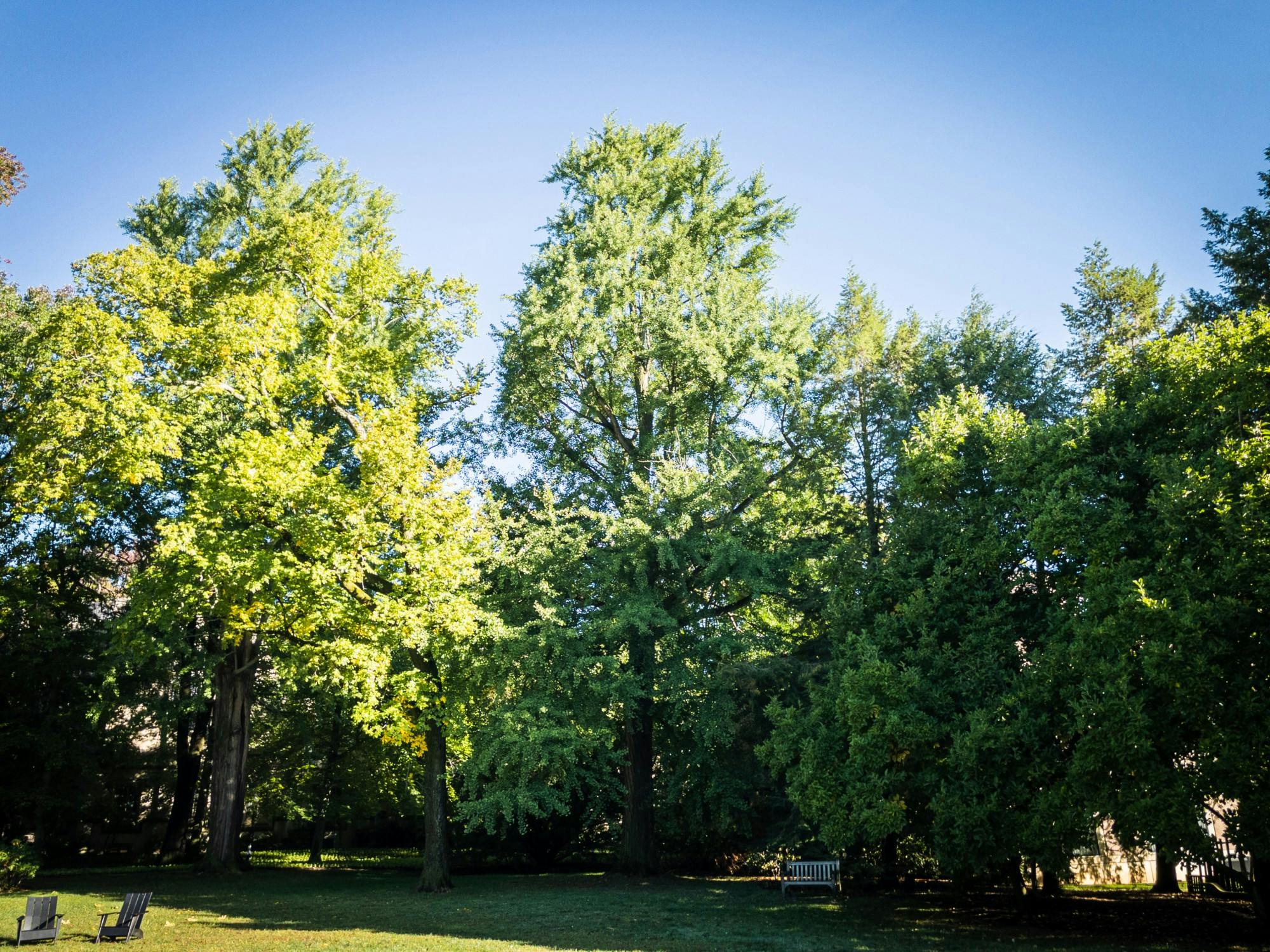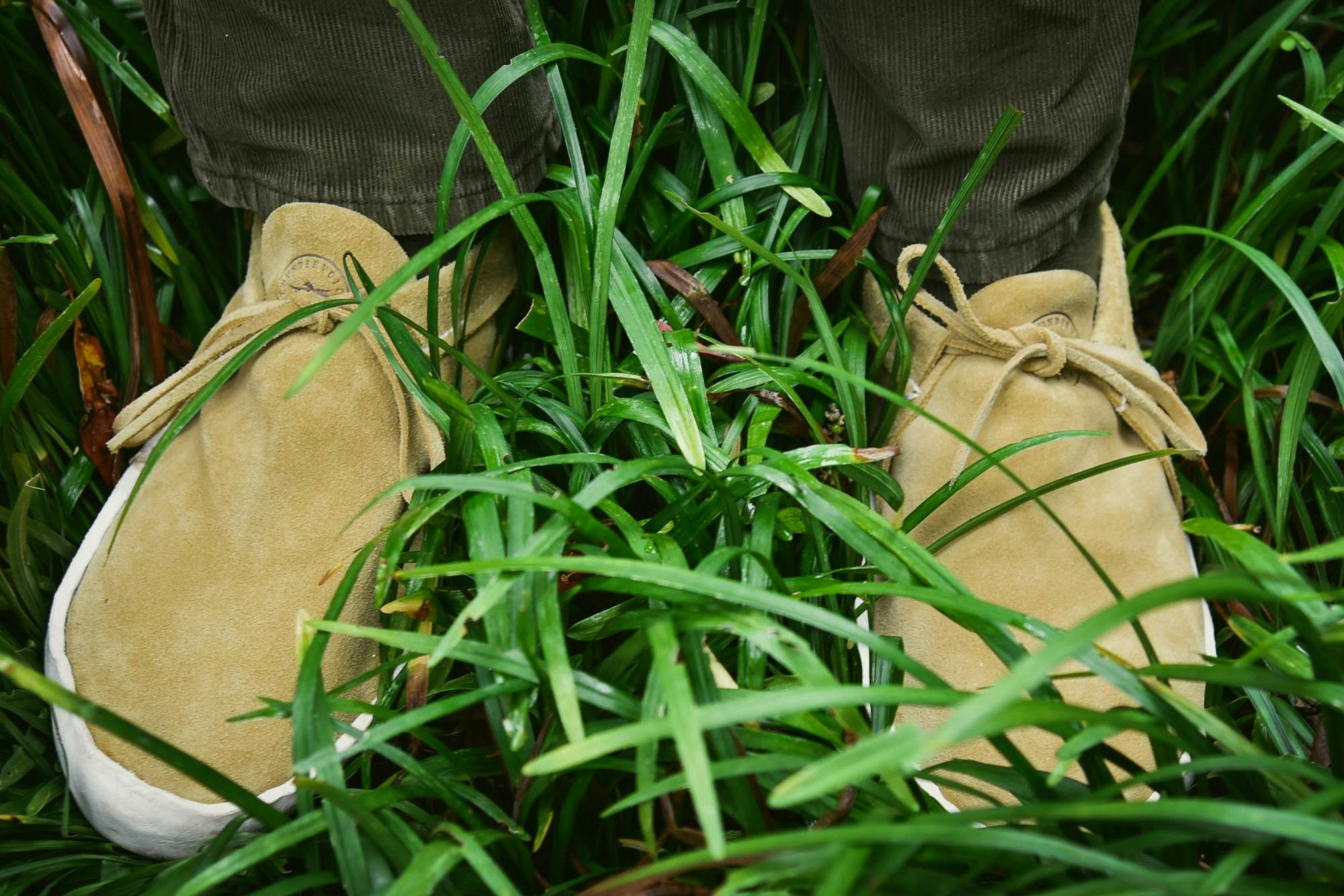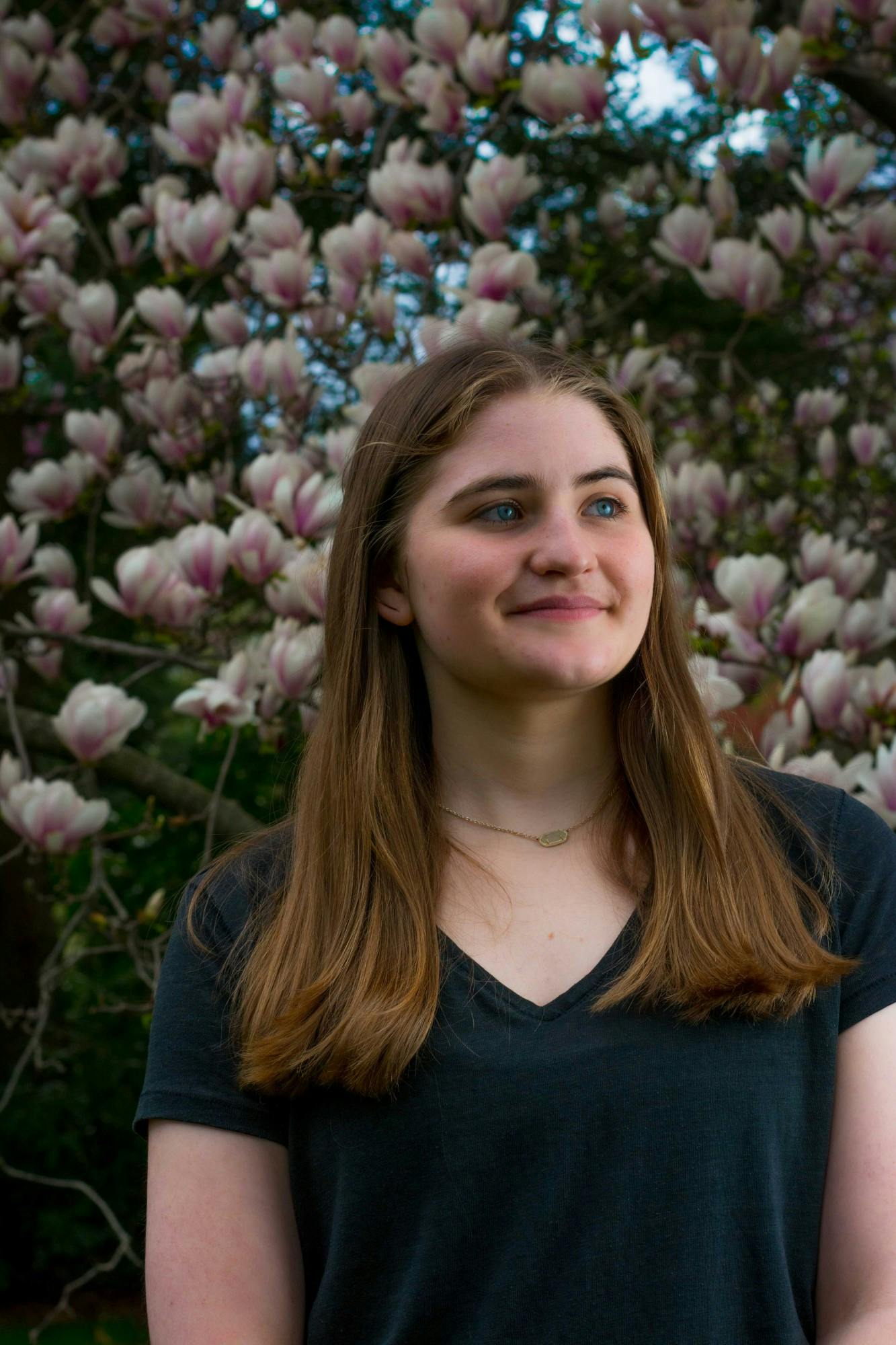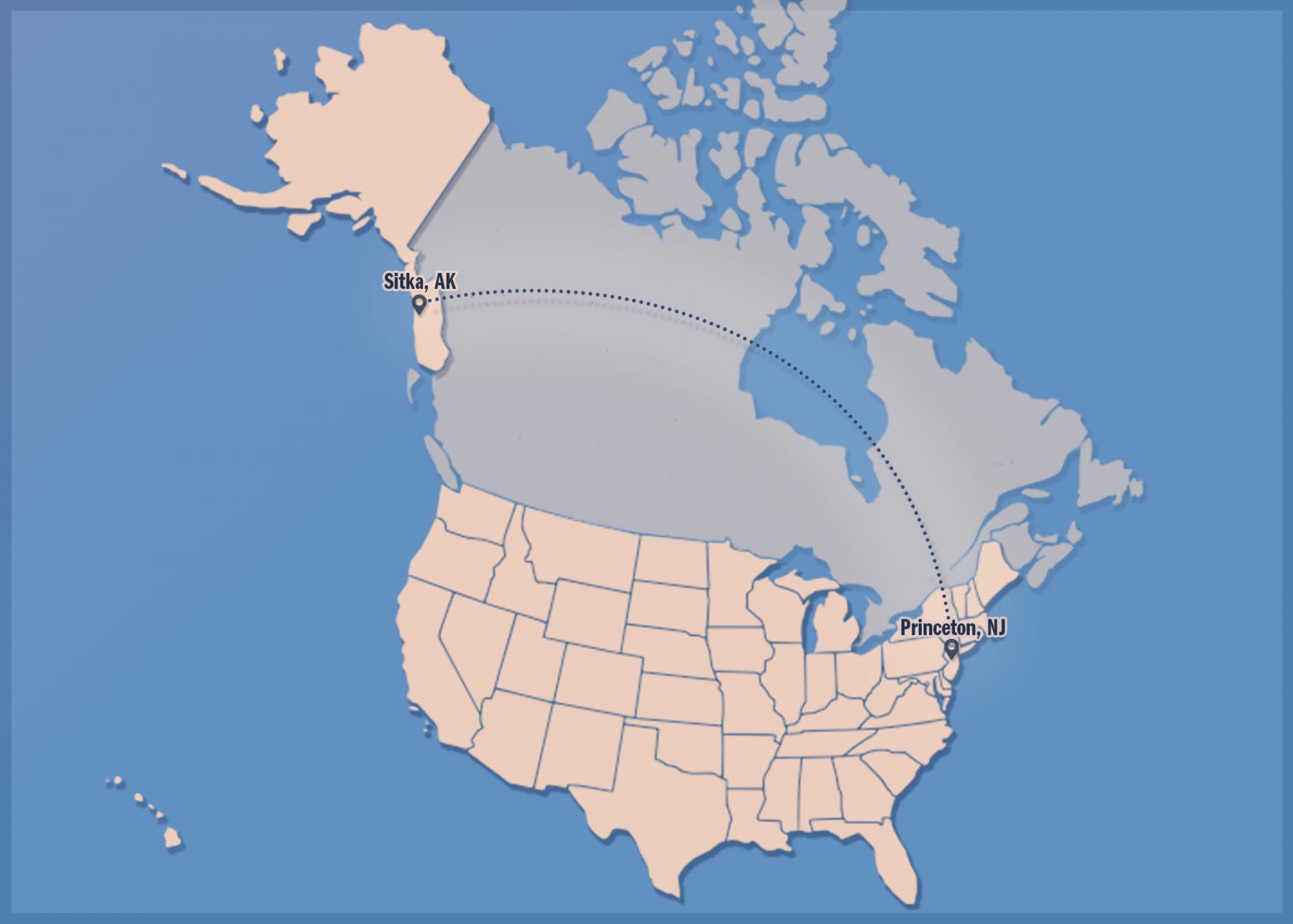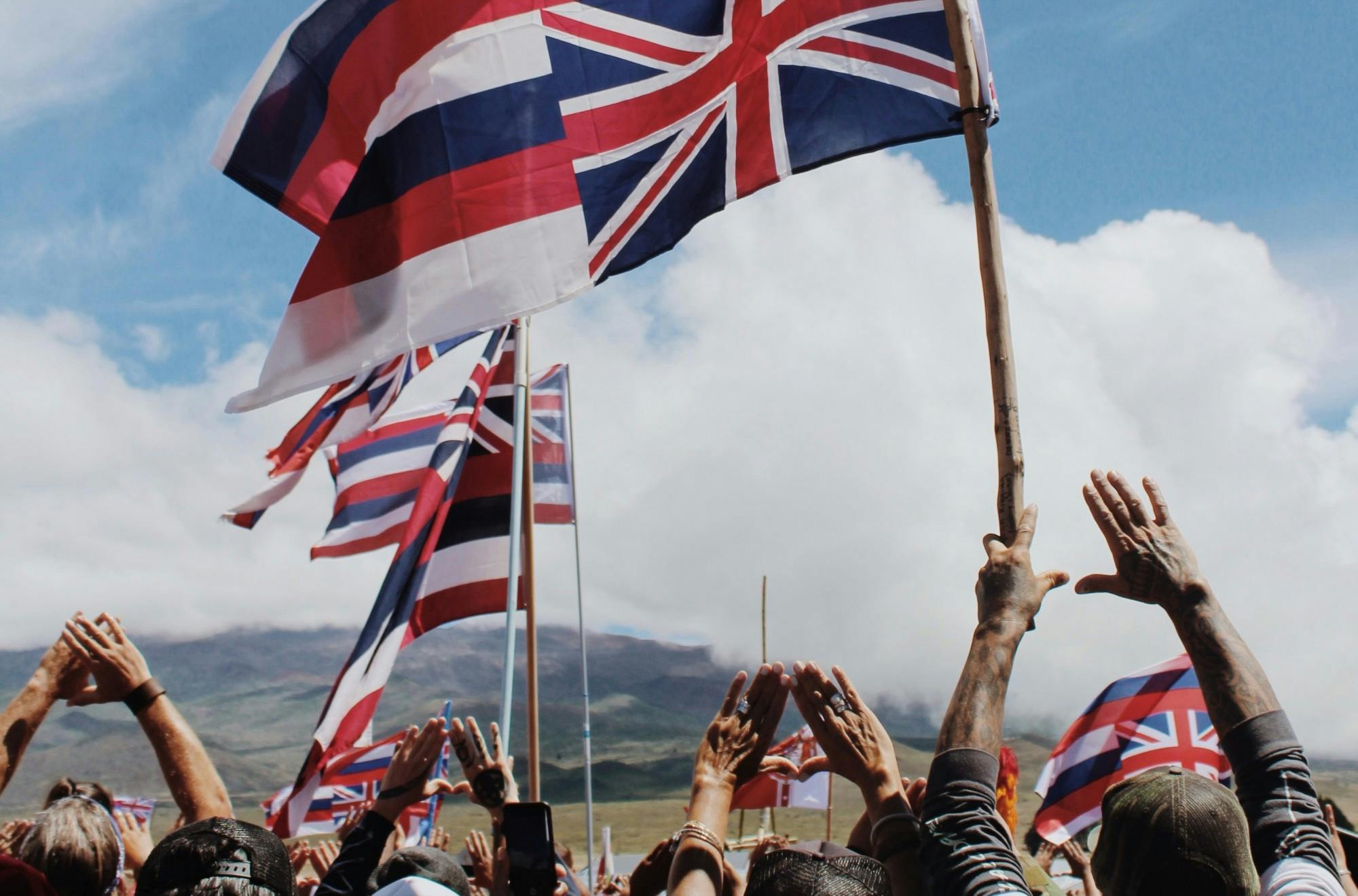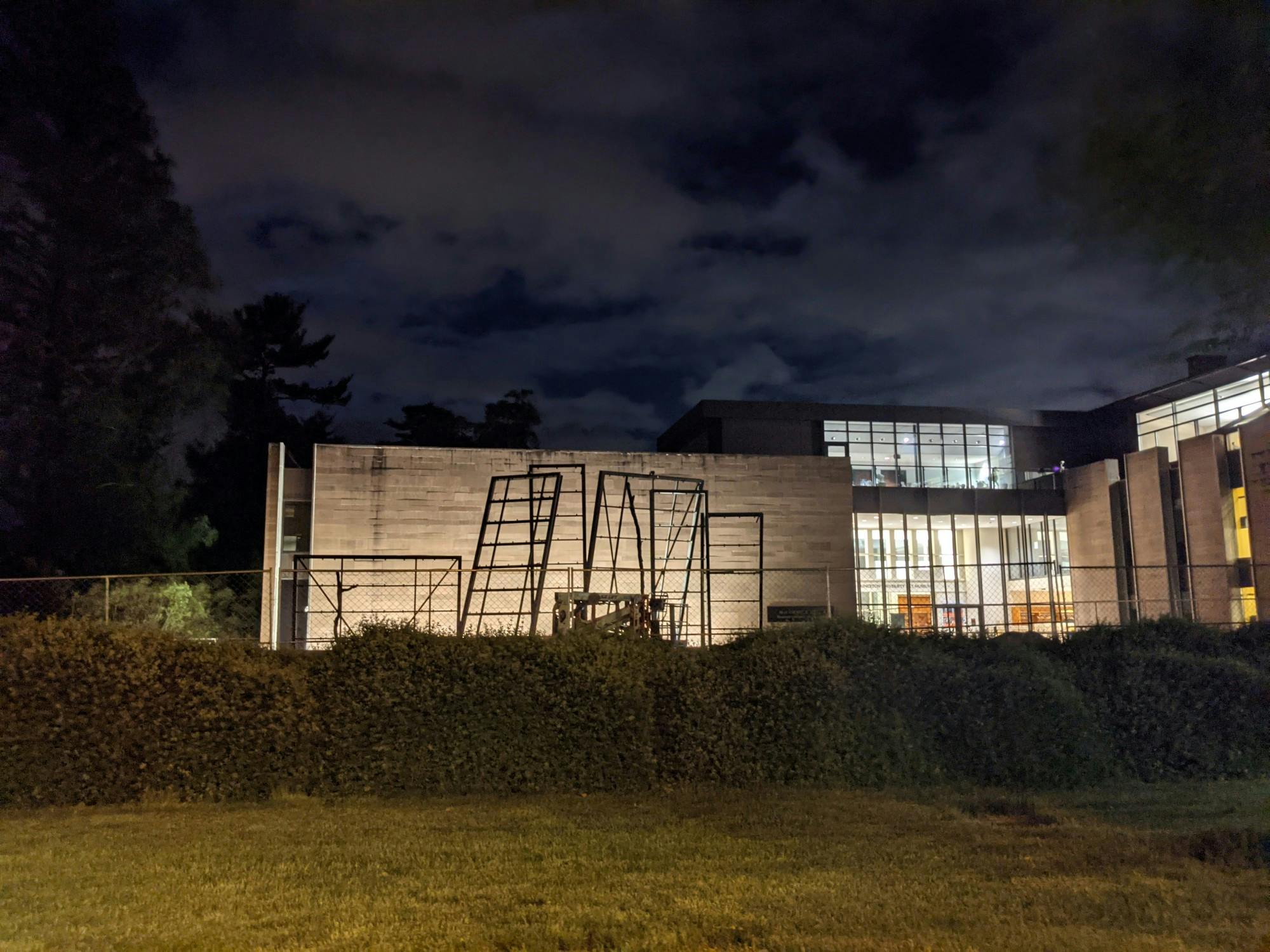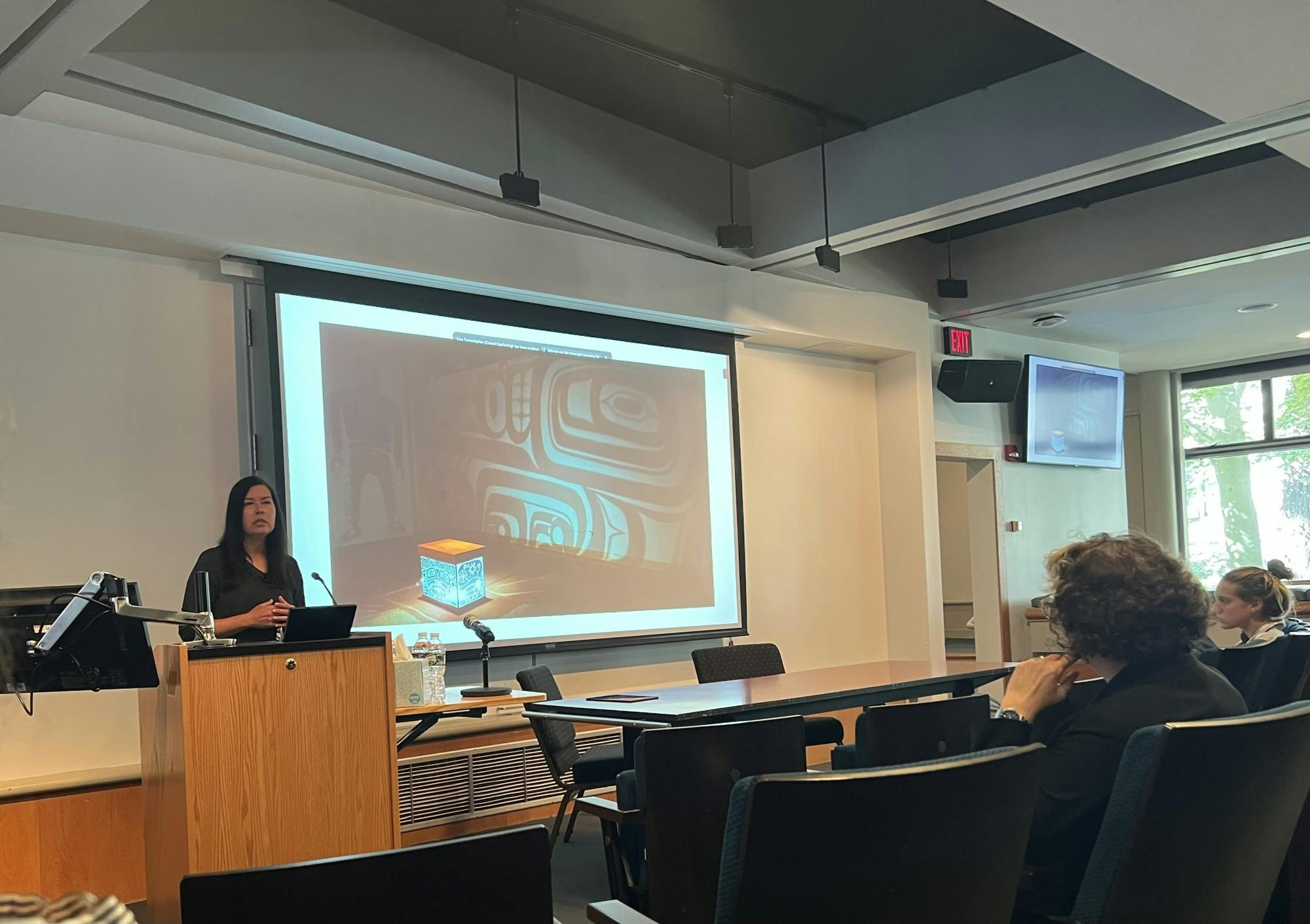FEATURES
‘That’s why I’m here at Princeton’: Gustavo Blanco-Quiroga ’25 serves home community in
Bolivia through Pace Center grant
By Sydney Eck
For Gustavo Blanco-Quiroga ’25, a Princeton education presents first and foremost an opportunity: “I wanted to
redirect the privilege and education I have to my community.”
The John H. Pace Jr. ’39 Center for Civil Engagement’s Projects for Peace program awards
$10,000 to University undergraduates to “implement an innovative service project anywhere in the world —
or right in their own backyard.” The award, for Blanco-Quiroga, became another key chance to give back to his
Indigenous community back home in Bolivia.
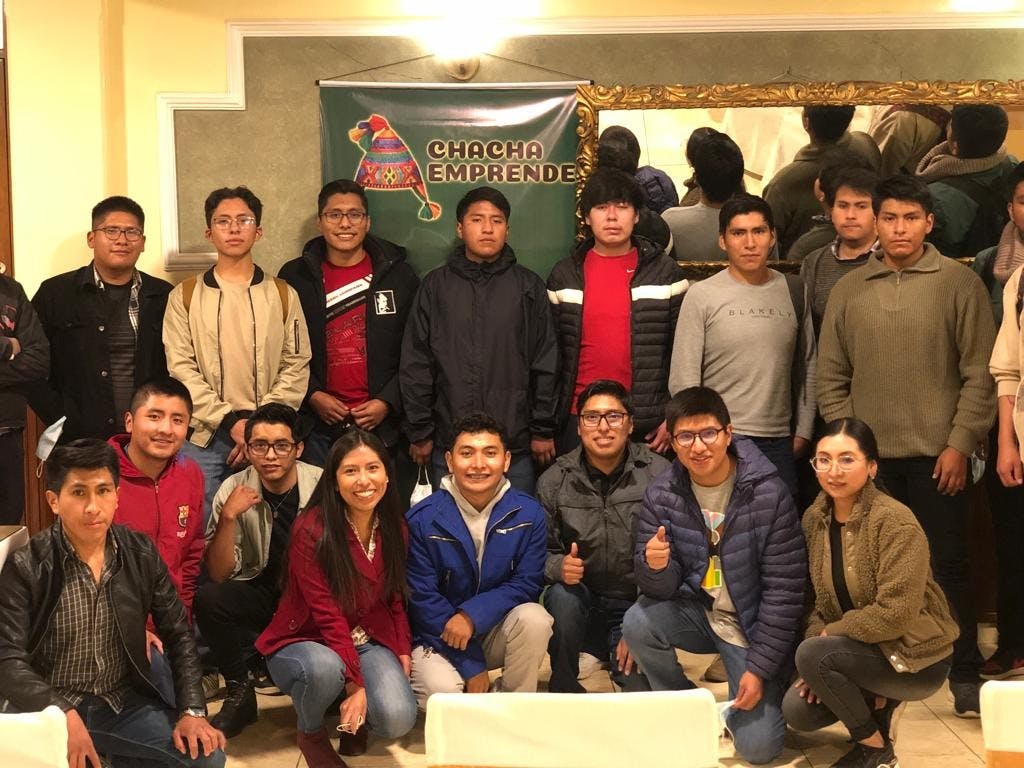
Gustavo Blanco-Quiroga ’25 with participants and team leaders for the ChaCha
Emprende
Project.
Courtesy of Gustavo Blanco-Quiroga ’25.
“I am from the Aymara Indigenous community, which is one of 36 communities we have in Bolivia. It’s a beautiful
community where we practice reciprocity and service,” he said in an interview with The Daily Princetonian.
Seeking to emulate that tradition of “reciprocity and service” this past summer, Blanco-Quiroga used the
Projects for Peace funding to start the Chacha Emprende Project, a two-pronged approach to bringing education and resources back
to his community.
“The project is based on workshops for gender equality and supporting entrepreneurship for Indigenous leaders,”
Blanco-Quiroga explained.
Stephanie Guarachi, a Bolivian youth mentor and a friend of Blanco-Quiroga’s, helped develop the original
concept for the project.
“We were really looking at these big issues and how the project could help,” she told the ‘Prince.’
The Chacha Emprende Project addressed the issue of violence against women in Bolivia by hosting “new
masculinity” workshops for male Indigenous community leaders.
“We wanted to create a project that not only attacked the problem of gender inequity but addressed the ones who
produce it, which is often men,” Blanco-Quiroga said.
“The participants are all leaders within their Indigenous communities,” he explained. “I think after having been
in these workshops they have already started changing their behaviors. And they will inspire others.”
Pace Center Assistant Director for Engaged Pedagogy Matt Lynn worked with Blanco-Quiroga to support him as he
organized and executed the project. When discussing Blanco-Quiroga’s project, Lynn told the ‘Prince’ that “some
of the most pressing issues that I think Indigenous communities in Bolivia face are those social forces that
Gustavo’s project really dug into, such as violence that is rooted in colonial structures of gender.”
“Working with young men specifically is quite revolutionary for Bolivia,” said Lynn, who previously lived in
Bolivia for 15 years.
The second part of the Chacha Emprende Project focused on developing and financing entrepreneurship projects for
Indigenous leaders.
“Communities in Latin America have been hit very hard by the COVID-19 pandemic and Bolivia is trying to recover
[its] economy,” Blanco-Quiroga said. “That’s why we have that entrepreneurship piece.”
“I am so proud of everything they did,” Guarachi said when discussing the entrepreneurship initiatives that were
developed and ultimately funded through the Chacha Emprende Project.
“It was a challenge to pick which projects would receive funding,” Blanco-Quiroga said. “We got so many really
amazing proposals.”
The projects that were selected by Blanco-Quiroga and a team of judges all aim to serve Indigenous communities
in Bolivia. One initiative is dedicated to providing marketing services in Indigenous languages in addition to
Spanish. Another initiative works with Indigenous artisans to advertise and sell their products at a fair price
in cities.
“Gustavo did a really good job identifying a community need in his own context, in his own community,” Lynn
said. “I don’t think there was anything major that he didn’t contemplate before going down there because he knew
the context so well. He knew the needs so well.”
Guarachi agreed: “Gustavo was the right person to plan this project for his community.”
To Guarachi, Blanco-Quiroga’s dedication to his home community felt particularly impressive because of her own
experience with many young Bolivians who feel separated from their history and culture.
“I’m part of the second or third generation to live in the city. Sometimes I feel like I am Bolivian by
nationality but not by culture,” she said. “I think something a lot of people feel about their history and their
ancestors is this idea of ‘you are not entirely, but you are still.’ Gustavo brought that experience of being in
the Indigenous community.”
“This project, though it was a lot of work, has filled me with energy,” Blanco-Quiroga said. “Seeing how there
are so many talented young people in Bolivia has inspired me to keep working to help them after I graduate from
Princeton.”
Blanco-Quiroga discussed how communities at Princeton have further shaped his views on Indigenous rights issues
and supported him in his advocacy.
“A big part of my freshman experience was with Natives at Princeton. I think it is
such a beautiful community that I am very happy to be a part of,” Blanco-Quiroga said. “To get to meet other
people from different Indigenous communities made me feel more welcome on campus.”
Lynn reflected on Blanco-Quiroga’s advocacy initiatives beyond being a Projects for Peace winner.
“From the moment I met him, there was just this expression of ‘I’m dedicated to working within my community and
that’s why I’m here at Princeton.’ I am just blown away every time I speak to him,” he said. “His humility and
his ability to connect with many people around an issue he is dedicated to is so incredible.”
Blanco-Quiroga reiterated that he sees the Chacha Emprende Project as a starting point for more work to be done
in his community and within the University.
“There is still so much work to do, and I feel I can contribute to that,” he said.
“Princeton is investing in Indigenous studies and Indigenous students,” Lynn said. “I am excited to see that
commitment deepen and grow. There are so many possibilities to engage with Indigenous rights and Indigenous
students, faculty, and staff that would be attuned to the rights and needs of Indigenous people and communities
right here in New Jersey, such as the Ramapough and Lenape.”
Lynn went on to discuss his time living in Bolivia, comparing community organizing there with Indigenous
advocacy in the United States.
“I think that it’s important to note that there are 36 languages spoken in Bolivia. They are all recognized
officially in the constitution,” Lynn said. “Not that everything is perfect in Bolivia, of course, but I think
the West and the United States have a lot to learn from Bolivia in terms of how Indigenous frameworks can be
part of our national story moving forward.”
In Lynn’s view, Blanco-Quiroga’s project has helped further that goal by contributing to a culture of service at
Princeton that is based on understanding and true community needs.
“Gustavo worked towards relationship building and community engagement in a way that expressed his commitment to
his own community and his own reality,” he said. “That’s what we hope to see more of at the Pace Center:
students speaking and working from their own positionalities. I think we can all engage that way.”
Sydney Eck is a Head Features Editor. She can be reached at seeck@princeton.edu.
